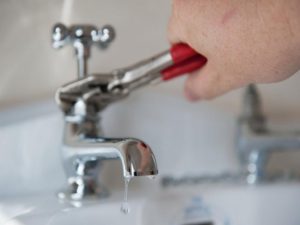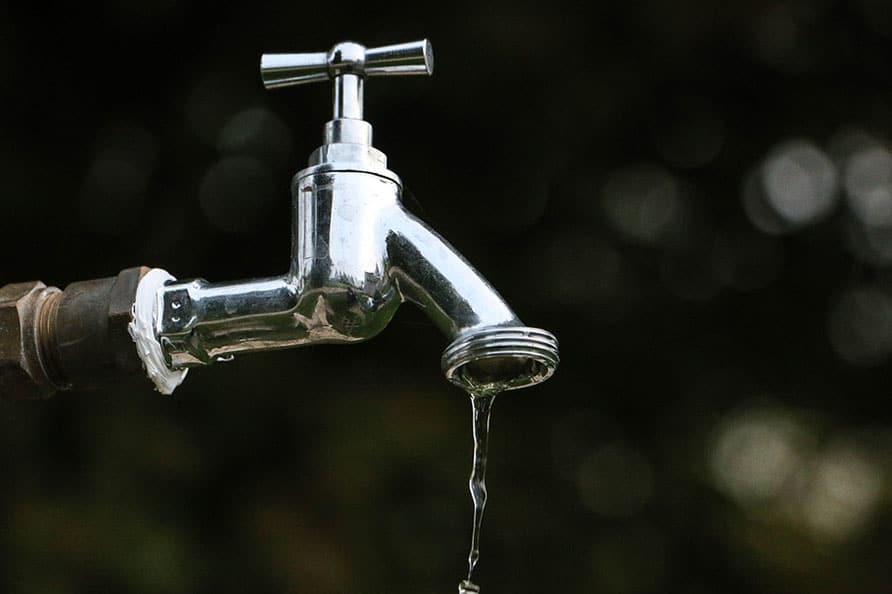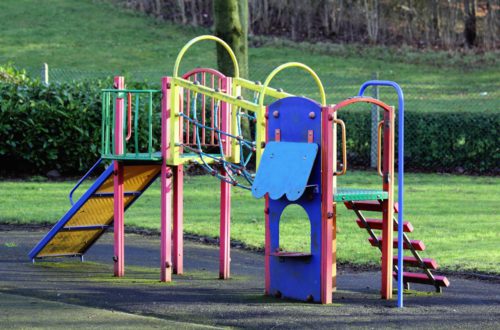Since water is a finite resource, every drop matters. Suppose you’ve been dealing with leaking taps and the constant annoyance of wasted water. In that case, it’s time to consider a solution that not only fixes the problem but also promotes water efficiency. This guide will explore the benefits of upgrading to water-efficient taps while addressing the common issue of leaking taps repair.
Understanding the Problem: Leaking Taps
Before delving into water-efficient tap upgrades, it’s essential to address the issue of leaking taps. Leaking taps are not just a nuisance; they can result in significant water wastage and higher utility bills. A tap that drips at a rate of one drop per second can waste more than 3,000 gallons of water in a year. Therefore, resolving leaking taps is the first step toward water conservation.
Leaking Taps Repair
Repairing leaking taps is a relatively straightforward process that can often be accomplished as a DIY project. Here’s a step-by-step guide to help you fix that persistent drip:
Materials You’ll Need:
- Adjustable wrench
- Screwdriver
- Replacement washers or seals
- Pipe thread tape (Teflon tape
Step 1: Turn Off the Water Supply
Before you begin any repair work, turn off the water supply to the tap. You’ll usually find isolation valves under the sink or basin. You may need to turn off the main water supply if there are no isolation valves.
Step 2: Remove the Tap Handle
The tap handle can be taken off using an adjustable wrench. Look for the screw that secures the handle to the tap stem and loosen it. After taking out the screw, carefully remove the handle.
Step 3: Access the Cartridge or Valve
After removing the handle, you can access the cartridge or valve. Examine it for any obvious wear or damage. If the cartridge or valve appears damaged, it may need to be replaced.
Step 4: Replace Washers or Seals
If the cartridge or valve is in good condition, the issue may be with the washers or seals. Remove the old washers or seals and replace them with new ones of the same size and type. Ensure a snug fit to prevent future leaks.
Step 5: Reassemble the Tap
Following the disassembly order, reassemble the tap. Make sure the handle is securely attached to the tap stem. As necessary, tighten any nuts or screws.

Step 6: Turn On the Water Supply
Finally, turn on the water supply to the tap and check for any leaks. The leaking tap should be repaired if you’ve correctly replaced the washers or seals.
Upgrading to Water-Efficient Taps
While fixing leaking taps is essential, upgrading to water-efficient taps can have a more significant and long-lasting impact on water conservation.
1. Reduced Water Consumption
Water-efficient taps are designed to deliver the same functionality while using less water. Upgrading can significantly reduce your household’s water consumption, water bills, and environmental footprint.
2. Cost Savings
Water-efficient taps save not only water but also money. Reduced water usage will decrease your monthly water bills, leading to long-term cost savings.
3. Environmental Benefits
Conserving water is crucial for the environment, especially in regions prone to droughts or water scarcity. By upgrading to water-efficient taps, you contribute to preserving this precious resource.
4. Government Incentives
Government incentives and rebates are available in some areas for installing water-efficient fixtures, including taps. These incentives can offset the initial cost of upgrading.
5. Enhanced Functionality
Modern water-efficient taps are designed to maintain or even improve functionality. They often feature aerators that mix air with the water, creating a consistent and powerful stream using less water.
6. Stylish Options
Water-efficient taps come in a wide range of styles and finishes, allowing you to choose fixtures that complement your bathroom or kitchen decor.
Choosing the Right Water-Efficient Tap
When selecting water-efficient taps for your home, consider the following factors:
- Flow Rate: Check the tap’s flow rate, usually gallons per minute (GPM). Look for taps with a low GPM rating, typically 1.5 GPM or more down, for optimal water efficiency.
- Aerators: Opt for taps equipped with aerators that help maintain water pressure while reducing water usage.
- Quality and Durability: Invest in high-quality taps built to last, as durability is essential for long-term water savings.
- Design and Style: Choose a tap design and finish that complements your space and personal preferences.
- Certifications: Look for taps with water-efficiency certifications, such as the WaterSense label in the United States, to ensure they meet industry standards.
Upgrading to water-efficient taps is a wise investment that benefits your wallet and the environment. While addressing leaking taps repair is crucial for immediate water savings, switching to water-efficient fixtures provides a sustainable solution for the long term. By taking these steps, you contribute to water conservation efforts and enjoy the advantages of a more efficient plumbing system in your home.





